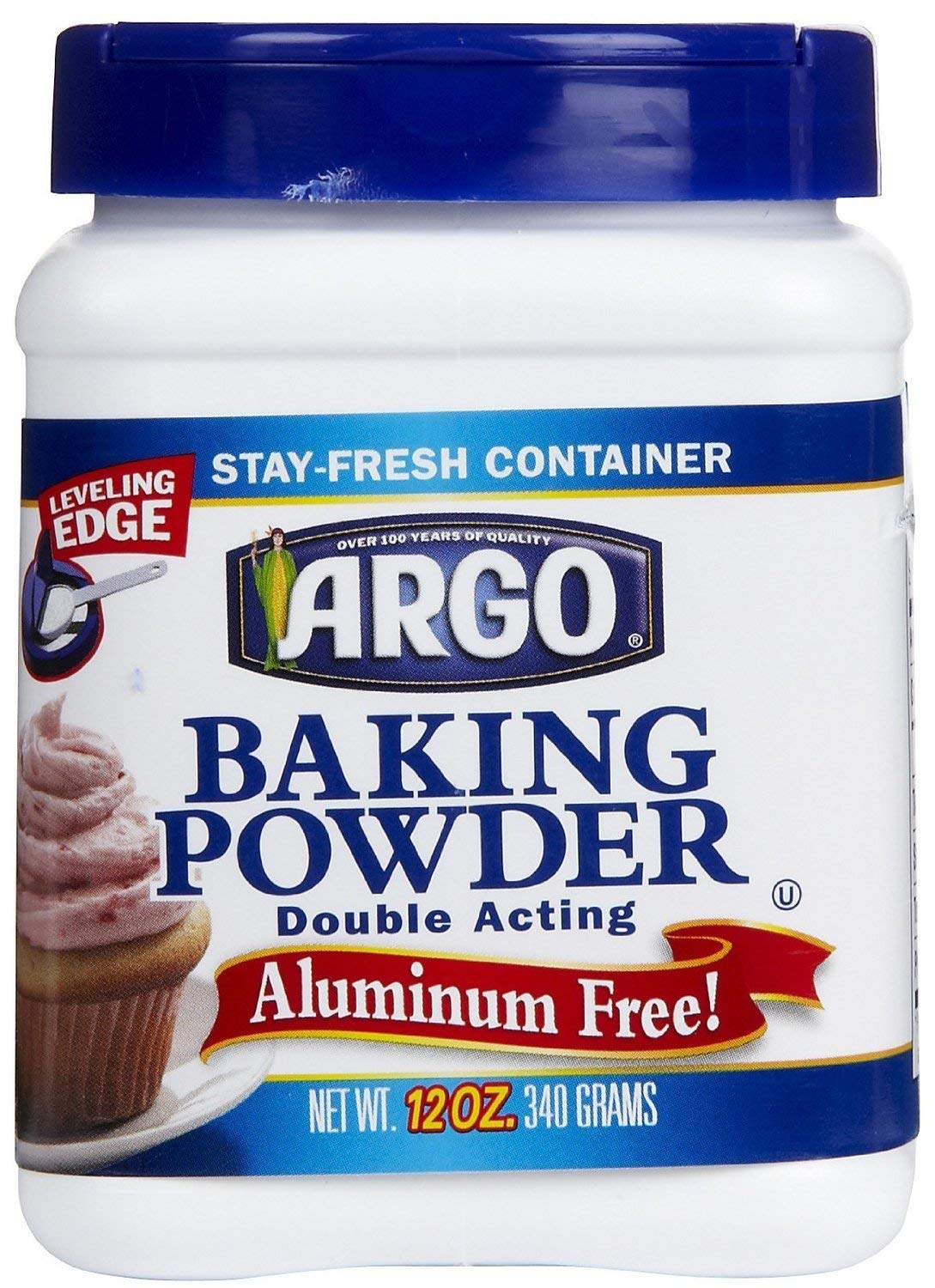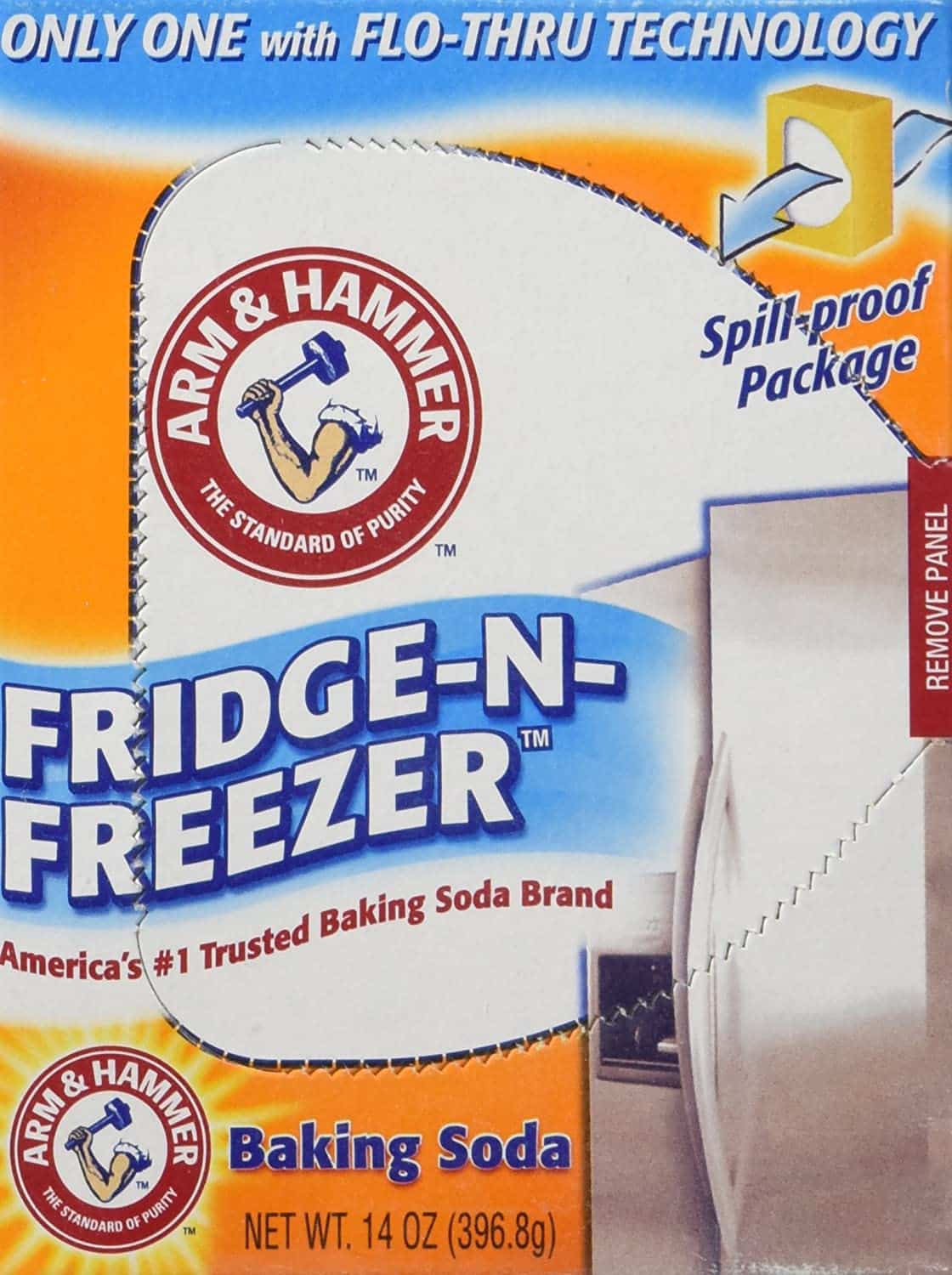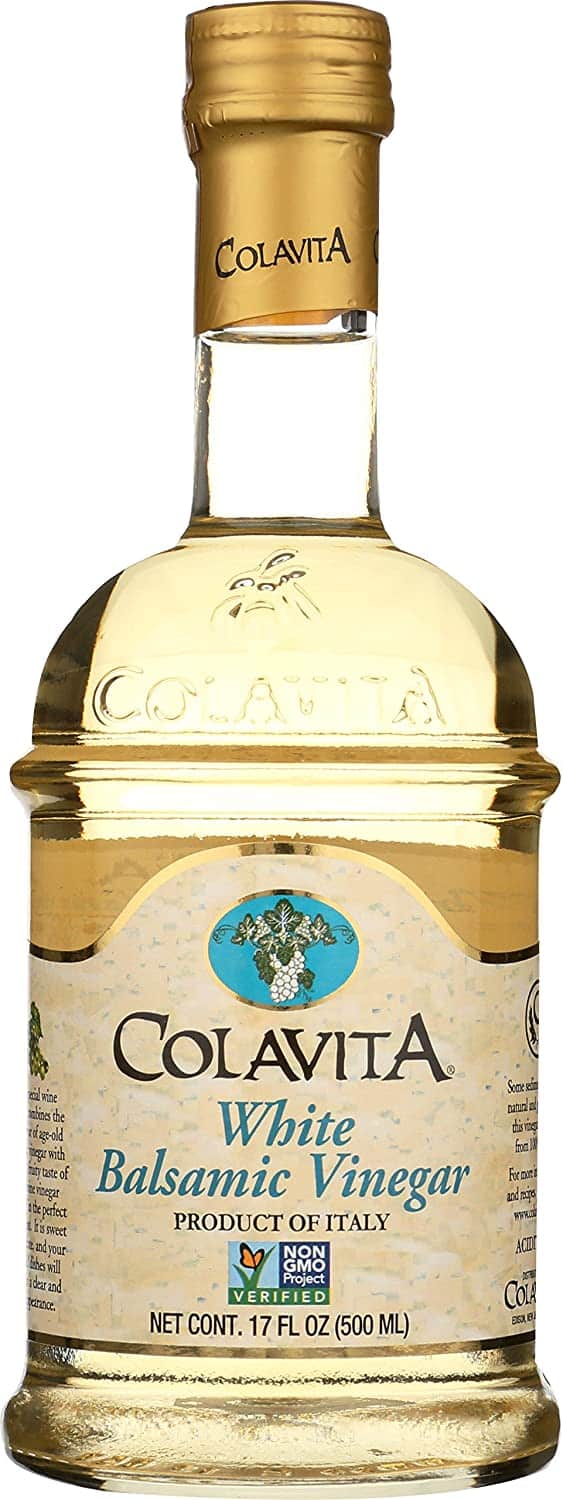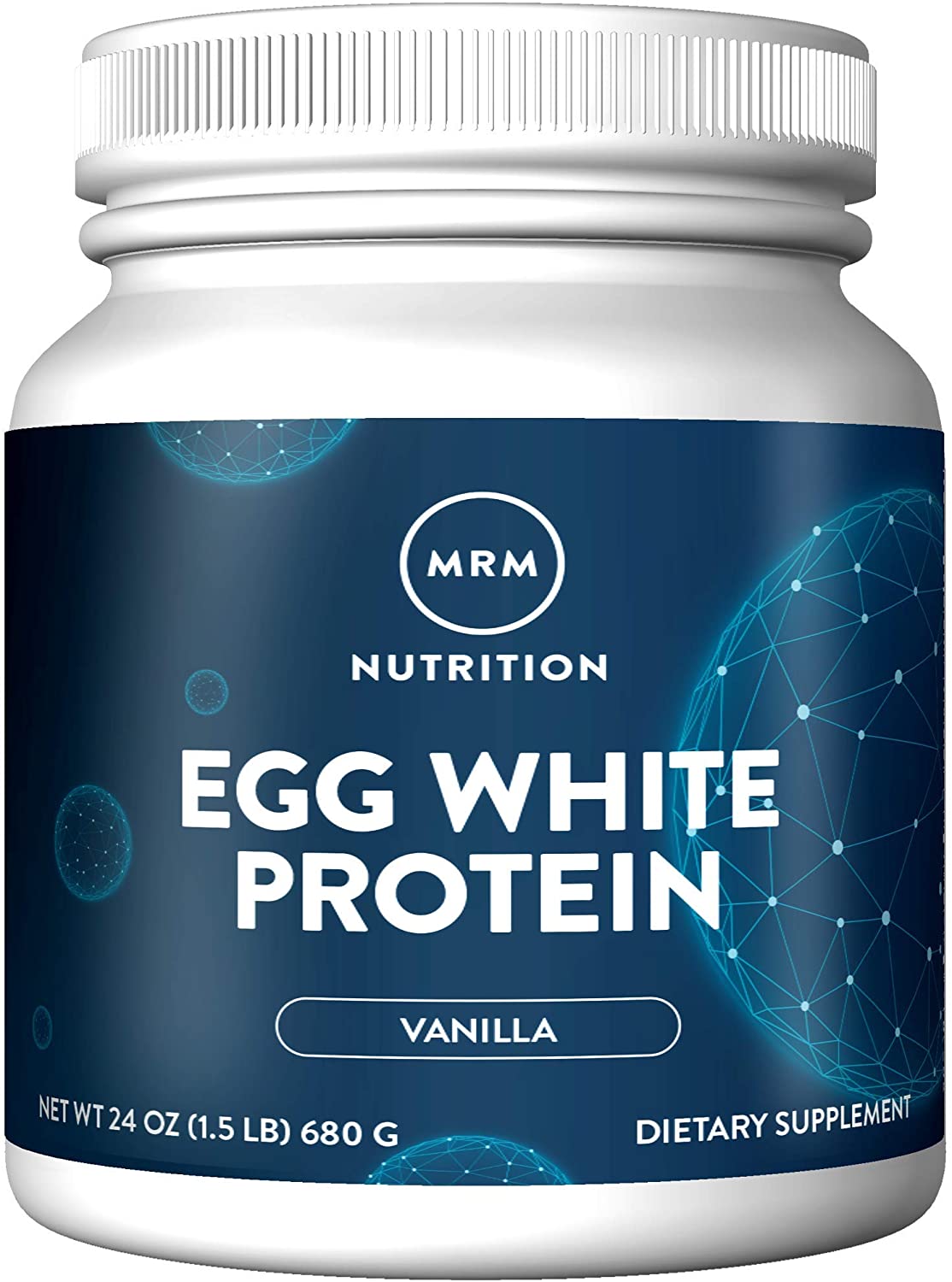Yeast is an essential ingredient in making bread; it causes the dough to rise to result in a fluffy and soft bread. In case you run out of yeast when you want to bake bread, you don’t have to run to the store as you may already have a substitute for yeast in bread in your pantry. Several options listed below can help you replicate the same leavening process in bread without yeast.
Substitute for yeast in bread
Baking powder
Baking powder is one ingredient you probably already have in your pantry (that is, if you are a regular baker). It contains baking soda and acid, and it is a great substitute for yeast. Baking powder acts as a leavening agent and works in two ways. First, it reacts with liquid. When baking powder gets wet, the acid (usually cream of tartar) reacts with the baking soda and produces carbon dioxide bubbles. Second, when baking powder gets exposed to heat, the gas bubbles expand. This is what causes the dough to rise up and gives it its light and airy texture.
Unlike yeast, baking powder reacts immediately when exposed to either liquid or heat, so using it will begin rising immediately and would not require the usual rising time. This is why it is used to leaven quick types of bread (pancakes, cornbread, biscuits, and cakes). When using baking powder as a replacement for yeast, you should use it in the same quantity. So, if a recipe requires using 1 teaspoon of yeast, you can use 1 teaspoon of baking powder instead.
Baking soda and acid
When combined with an acid, baking soda can be used to replace yeast when you’re baking bread. The combination of baking soda and acid causes the same effects as baking powder. This substitute will not work unless it has been combined. You can use either lemon juice, buttermilk, milk, vinegar (in equal quantities), and cream of tartar as your acid to activate the baking soda. When using baking soda and acid as a replacement for yeast in recipes, replace the required amount of yeast with equal parts of baking soda and acid. So, if your recipe requires 1 teaspoon of yeast, you are to use 1/2 teaspoon of baking soda and 1/2 teaspoon of acid. As with baking powder, baking soda will not require any additional baking time.
Baking soda, milk, and vinegar
You can use this option if you are worried that using baking soda and vinegar will alter your bread’s flavor. Both vinegar and milk are acids, so they will react to the baking soda and create air bubbles in the dough. To use this, simply replace yeast with equal amounts of acids and baking soda. For example, if your recipe requires 2 teaspoons of yeast, you should replace it with 1 teaspoon of baking soda, 1/2 teaspoon of vinegar, and 1/2 teaspoon of milk. With this substitute, you will not have to include any rising time.
Beaten eggs or egg whites
Beaten eggs/egg whites are one of the easiest alternatives for yeast. You can use this alternative by simply beating the egg white or whole eggs in an electric mixer for about 5 minutes. Beating it for this long fills them with air which contributes to leavening the bread. You can also add a dash of ginger ale or club soda to add more air to the eggs. After beating the eggs for 5 minutes, carefully add all other ingredients into the batter to keep enough air in the batter as possible. Next, you simply put the dough in the pan quickly and bake.
Sourdough starter
Sourdough started usually contains yeast and is made from water and flour. Its natural fermentation process gives it a slightly sour/tangy flavor. Some of their sourdough started are maintained for several years, and it is this process that gives it its strong flavor and soft, chewy texture. This fermentation process is similar to how yeast forms bubbles of carbon dioxide in the dough to make it rise. If you decide to use this substitute, we recommend replacing 2 teaspoons of yeast with 1 cup (300 grams) of sourdough starter. However, sough dough also contains flour and water so, you will have to reduce the quantity of water in the recipe by 1/2 cup and the flour by 3/4 cup. When you are baking with sourdough instead of yeast, the rising time will be double that of yeast.
How to make your own sourdough starter
It takes about a minimum of 5 days to make your own sourdough starter. All you will need are:2 1/2 cups (600 grams), all-purpose flour2 1/2 cups (600 ml) of water.
Day 1
All you’ll do is mix 1/2 cup of flour with 1/2 cup of water in a glass bowl and then cover the mixture loosely with a plastic wrap or kitchen towel. Leave the mixture at room temperature.
Day 2
Simply add1/2 cup of flour and 1/2 cup water to the previous mixture and mix properly. Cover loosely again and leave it at room temperature. You should notice bubbles forming at this stage, which simply means that the yeast is growing and fermenting the flour.
Day 3
Just repeat the same steps on day 2. At this stage, the mixture will start developing a yeast smell and have many bubbles. Day 4Repeat the same steps in day 2. You would notice that the mixture is growing in size and that it has more bubbles with a stronger and more sour smell. Day 5Repeat the same steps in day 2. By now, your mixture would have a yeasty smell and have way more bubbles. Now, your sourdough starter is ready for use. You can store your sourdough starter now in an airtight container in the refrigerator. If you are using it for a long time, you should discard half of it every week and add 1/2 cup of flour and 1/2 cup of water to prevent it from going bad.
Frequently asked questions [FAQs]
Is there any difference between baking powder and yeast?
Although baking powder and yeast have similar ways of leavening baked goods, their work is very different. While one is a chemical reaction, the other is a biological reaction.
Does baking powder require any rising time?
Unlike yeast, baking powder does not require a rising time. This is because baking powder starts leavening when it is exposed to either moisture or heat.
What can I use instead of yeast for bread?
You can use equal parts of lemon juice and baking soda for a 1:1 replacement of yeast, or use baking powder for a 1:1 replacement.
Conclusion
Although these substitutes will make your dough rise, they will not give you the exact same result as yeast. Your dough may not rise like you are used to, and you may notice a slight difference in the flavor and texture of your bread. So, if you are out of yeast, you can try out any of these substitutes.




